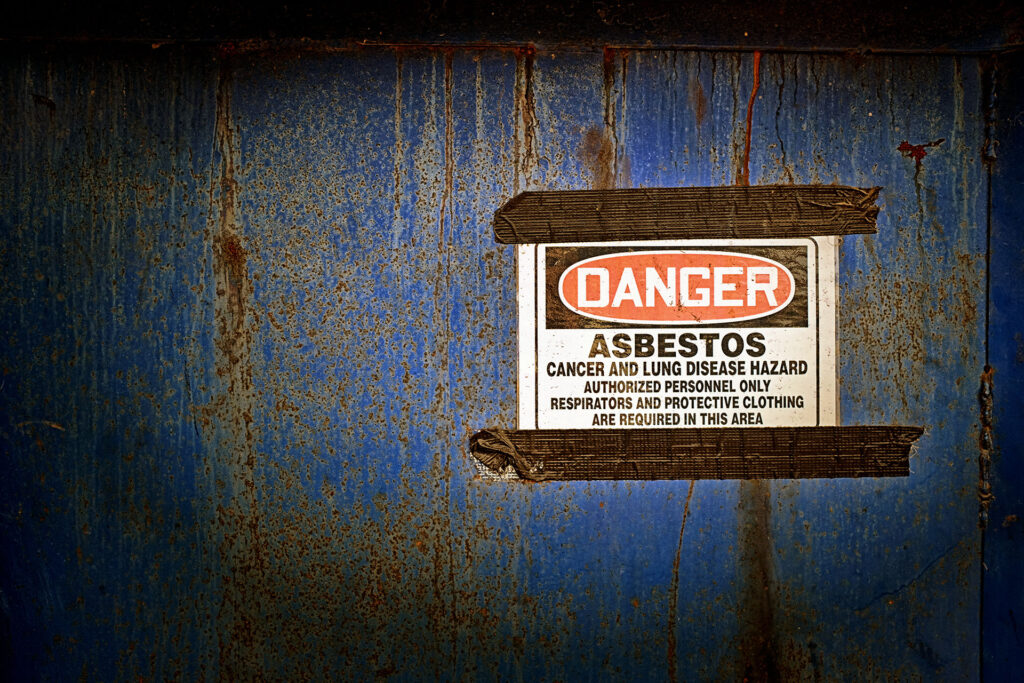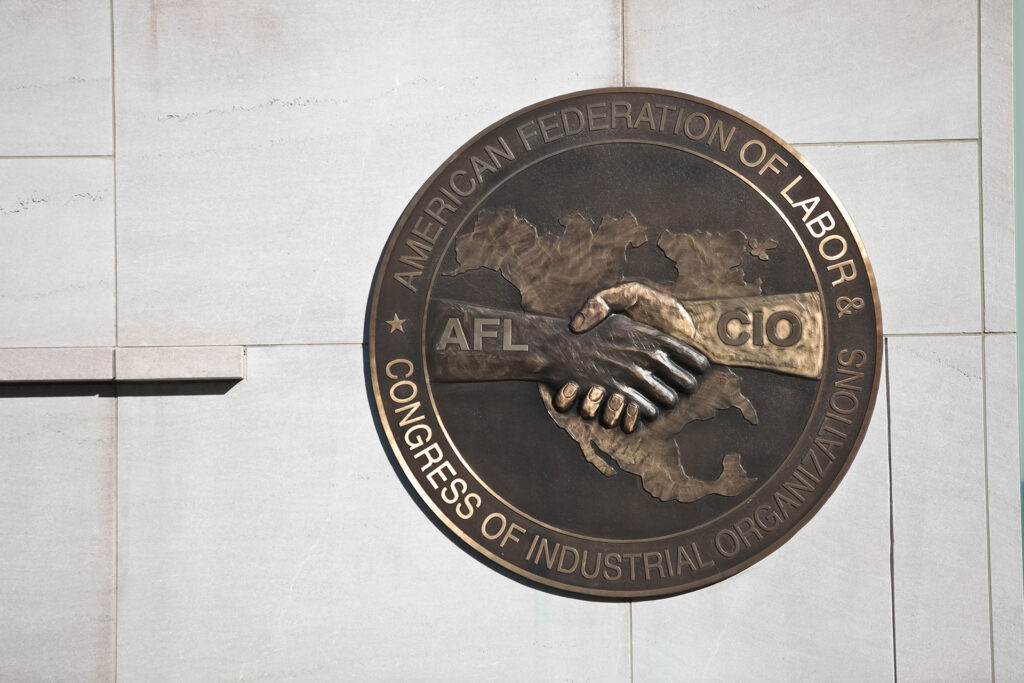While many believe that experts weren’t aware of asbestos’s hazards until the 1970s, the harsh truth is that scientists and manufacturers were aware of how deadly asbestos was back in the 1930s. It would be decades before Congress and lawmakers made moves to prohibit the use of asbestos, and it wasn’t until 2024 that the EPA finally banned all forms of asbestos in the United States.
In the 1970s, class action lawsuits were finally starting to be filed. Why so late? Most people don’t show signs of illness until 20-30 years after exposure. Those working with or around asbestos won’t know they have mesothelioma, lung cancer, or asbestos until they are already sick.
Legally, this presents many challenges, particularly concerning statutes of limitations. There is a limited time frame to file a tort claim against a manufacturer or company; any claims made outside that window will likely be dismissed.
Reports of the Dangers of Asbestos Exposure Begin
Reports about the harmful health effects of asbestos began to surface in the 1920s, but it wasn’t until the 1930s that those reports were confirmed to be accurate. Employers were aware that workers exposed to asbestos were at risk of developing certain diseases, but this information was suppressed and hidden from the public. The government even went as far as to try and suppress information about asbestos exposure during World War II by downplaying its health risks to avoid being held liable.
As the number of class action lawsuits began, the government had to set rules under the 1966 Federal Rules of Civil Procedure that highlighted the exceptions for asbestos claims.
The 1970s marked a turning point in regulating the use of asbestos. The Occupational Safety and Health Administration (OSHA) and the Environmental Protection Agency (EPA) finally took decisive action by implementing regulations to govern the use of asbestos. These regulations were a direct response to the growing body of scientific evidence demonstrating the severe health risks associated with asbestos exposure.
OSHA and the EPA regulations aimed to limit workers’ and the general public’s exposure to asbestos. This was achieved through various means, including setting permissible exposure limits in the workplace, mandating the use of protective equipment, and requiring the proper disposal of asbestos-containing materials. These regulatory actions were pivotal in curbing the widespread and often uncontrolled use of asbestos that had been prevalent in previous decades.
While asbestos was not entirely banned, its use was somewhat regulated. Some states implemented legislation, such as California’s Title 8 of their code. New York took it further, surpassing the federal government by passing regulations that sought to protect workers and residents. The New York Asbestos Law (Industrial Code Rule 56) created stringent rules for the handling and use of asbestos.
Asbestos Litigation: The Early Years
Johns-Manville Corporation worker Anna Pirskowski filed the first asbestos lawsuit in the United States in 1929. There were 15 other plaintiffs in that lawsuit, setting the precedence for future litigation.
Little information is available about that 1929 case, but it did lead to the first asbestos bankruptcy trust, known as the Manville Trust. 50 years later, it filed Chapter 11 due to too many asbestos lawsuits.
Thanks to Pirskowski’s case, more than 60 trusts were created to protect and pay out to asbestos plaintiffs.
Asbestos Litigation Gains Momentum
In the late 1960s and 70s, asbestos litigation began gaining traction as more plaintiffs sought justice. In 1969, Clarence Borel filed suit against his employer, Fibreboard Paper Products, for damages caused by asbestos exposure. He was diagnosed with mesothelioma from working in shipyards and oil refineries for over 30 years. He argued that the company was well aware of the dangers of asbestos but did nothing to protect its workers.
Borel’s case was unique because he sadly died before his trial was over. A jury awarded his estate close to $80,000 in damages. His case inspired thousands of others to sue their employers and product manufacturers.
In July 1966, Claude Tomplait, an insulator, was diagnosed with an asbestos-related illness. Following his diagnosis, he filed a lawsuit against 11 manufacturers of products containing asbestos, including Johns Manville, Fibreboard Paper Products, and Owens-Corning Fiberglass. The case did not proceed to trial until May 1969, and a verdict was reached a week later in favor of the defendants.

Advances in Asbestos Case Law
In recent decades, more research has been done to help mesothelioma, lung cancer, and asbestosis patients. Understanding of how asbestos spreads and affects people contributed to changes in litigation.
Advances in research also led to different types of asbestos lawsuits. Current news has shown asbestos in talc, cosmetics, and other household products. In 2018, nearly two dozen women sued Johnson & Johnson (J&J) after lifelong use of their talc products. The plaintiffs’ lawyers asserted that talc, a known asbestos product, was present in various J&J products and was responsible for the women developing ovarian cancer. The jury ruled in favor of the plaintiffs, awarding them $4.7 billion in damages, of which $4 billion was punitive.
Mass Tort vs. Class Action
Asbestos litigation is complicated and can be protracted. The courts decided not to allow class action classification regarding asbestos and mesothelioma cases. The court believed that mass litigation would compromise individual justice and not give each injured party adequate representation because each case is unique. Each person will have a different level of exposure, time frame, and product they’ve worked with, so no two cases are the same.
A class action (commonly known as a class-action lawsuit, class suit, or representative action) is a very specific type of lawsuit. It is a civil lawsuit brought on behalf of a group of plaintiffs (called a class, with each individual a class member) who have suffered a common injury due to the defendant’s conduct or negligence. Class action lawsuits have benefits; they allow the courts to manage a group of trials and achieve better results. Trying each individual case would make it more challenging to schedule and attain compensation.
Mass tort asbestos litigation began in the 1960s and is the longest-running mass tort in the United States. The litigation covers product liability, negligence, personal injury, and wrongful death due to the companies failing to protect the people using their products.
Current Trends in Asbestos Litigation
In recent years, there has been a notable shift in the landscape of asbestos litigation. Mesothelioma has taken center stage, with the number of mesothelioma claims surpassing those for asbestos-related lung cancer and asbestosis. This surge can be attributed to several factors, including increased awareness of the disease and its connection to asbestos, extended latency periods compared to other asbestos-related diseases, and the devastating impact mesothelioma has on patients and their families.
Furthermore, there has been a noticeable increase in the number of women filing asbestos-related claims. Historically, asbestos exposure was more prevalent in male-dominated industries such as construction, labor trades, and shipbuilding. However, women were also exposed to asbestos through various avenues, including secondary exposure from family members who worked with asbestos, exposure in workplaces where asbestos was present, and exposure to asbestos-containing products used in the home. As awareness of these risks has grown, more women are coming forward to seek compensation for their asbestos-related illnesses.
Additionally, a concerning trend has emerged with younger individuals filing claims related to asbestos-contaminated talc. Talc, a mineral often used in personal care products, can sometimes be contaminated with asbestos during mining and processing. Exposure to asbestos-contaminated talc can lead to mesothelioma and other asbestos-related diseases. The rise in claims from younger individuals highlights the ongoing risk of asbestos exposure and the importance of continued vigilance in identifying and eliminating sources of asbestos contamination.
Recent Victories and Landmark Cases
Asbestos litigation cases can result in trials or settlements, with many mesothelioma cases settling before going to a jury. Many factors are considered, including legal costs, evidence, time, and familial choices.
According to Mealey’s Litigation Report, the average mesothelioma settlement ranges from $1 million to $2 million, and the average verdict comes at $20.7 million. The largest mesothelioma verdict was $250 million in 2003.
Some notable verdicts and settlements include:
- $250 million – In 2003, U.S. Steel was ordered to pay $250 million to the wife of a deceased steelworker who had died of mesothelioma.
- $117 million – in 2018, a jury awarded Stephen Lanzo III and his wife $117 million, finding Johnson & Johnson and Imerys Talc American liable for his mesothelioma.
- $70.8 million – In 2014, U.S. Navy machinist Robert Whalen was awarded $70.8 million after he developed mesothelioma from working with John Crane’s asbestos-containing products
- $45 million – A jury awarded $45 million to the family of Vogelzang Law client Theresa Garcia in 2024. Ms. Garcia developed mesothelioma after years of using Johnson & Johnson’s talc products, for which the company was held liable.
- $40.7 million – A Chicago jury awarded Vogelzang Law client Bruce Torgerson $40.75 million in 2023 after determining that his mesothelioma diagnosis was a result of his exposure to asbestos-containing gaskets and packing manufactured by John Crane.
Vogelzang Law Is Here to Help
At Vogelzang Law, we are always committed to our clients and to bringing them the justice they deserve. As of July 2024, we have brought over $300 million in verdicts nationwide for our clients, and we will continue to fight to bring more.




